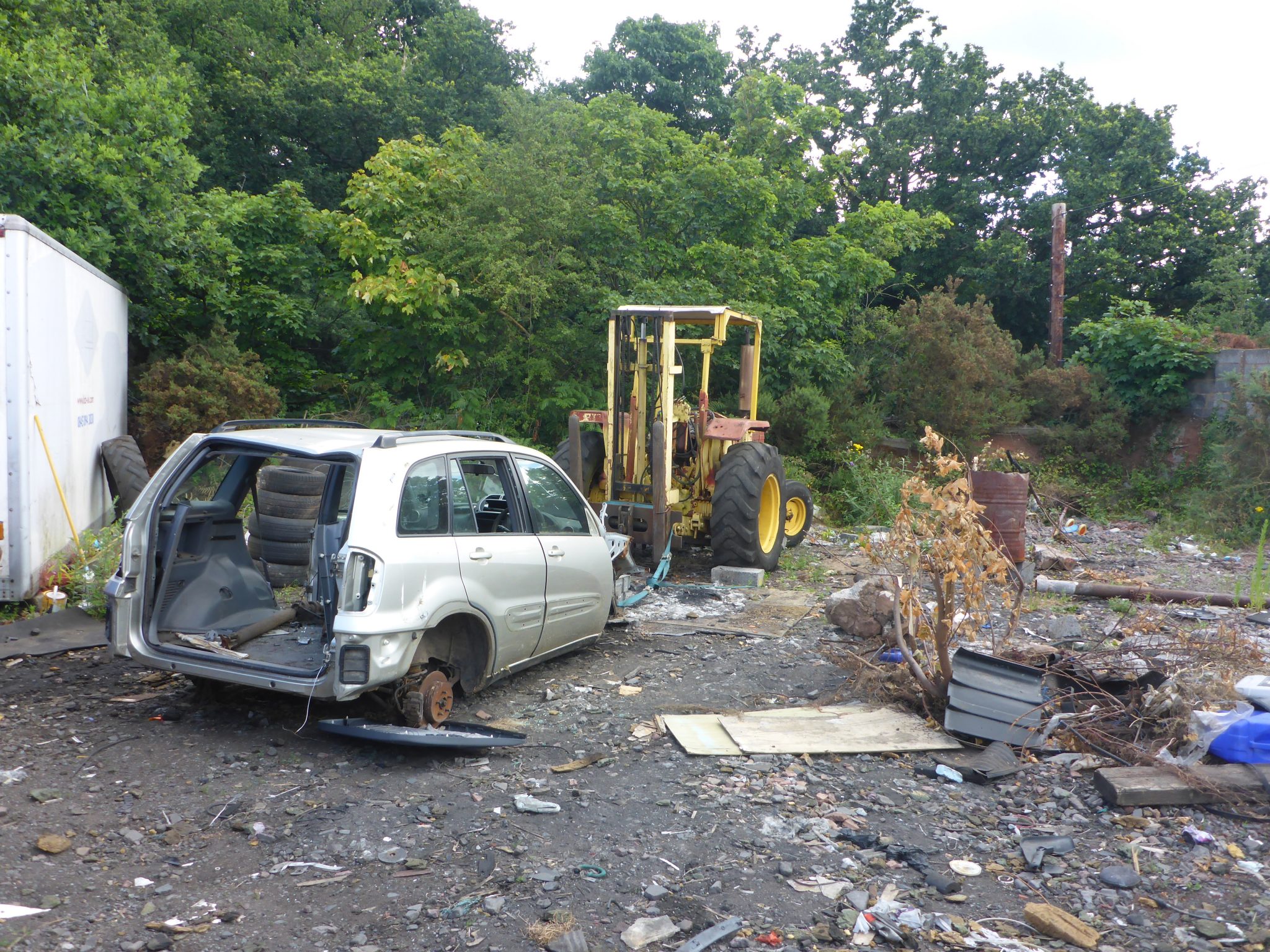Site Investigations – A Layman’s Guide

What does a site investigation involve?
A site investigation is a way of determining whether the soils in a certain location might pose a risk to future site users or to the wider environment. The wider environment can include nearby sites, surface water such as rivers, groundwater (i.e. sub-surface aquifers), or ecological receptors such living organisms or protected sites. All of these elements that may be harmed are known as receptors.
In simple terms, it involves looking at all of the factors that may lead to harm to any of the above receptors. This includes looking at a very wide range of documentary data as well as sampling soils and observing site conditions.
Site investigations must be carried out in the correct and follow UK Guidelines such as CLR 11.
Reports that do not follow the current guidelines will not be accepted by the regulators and consequently will not allow a planning condition to be discharged.
The site investigation process
There are 3 main processes when dealing with contaminated land as outlined below. These must be carried out in sequence with each stage building on the previous stage. These stages are as follows:
1. Phase 1 Investigation – also known as a desktop study.
This involves a review of documentary data including site history, geology, hydrogeology, landfill records, industrial activity records etc. A site walkover is normally carried out to allow a visual inspection of the study area and surroundings. This is then used to produce a ‘conceptual site model’ that describes how contaminants, if present in soils, may interact with receptors via pathways such as ingestion of soils, vapour intrusion into buildings, inhalation of dust, leaching into an aquifer, migrating laterally to a river etc. This forms the preliminary risk assessment or PRO. Where a contaminant source, a pathway and a receptor are present, this is described as a pollution linkage.
It should be noted that a simple Homecheck/Sitecheck report that just lists data will not be accepted by the regulator.
If no pollution linkage is identified, then there is no requirement to carry out further stages of investigation.
2. Phase 2 Investigation – also known as an intrusive investigation
This must be based on the scope identified in the phase 1 investigation. This stage involves physically taking soil samples for laboratory analysis. It also will involve the soils/rock encountered being logged in the correct manner and possibly monitoring wells being installed. Samples must be collected in the correct manner, in the correct containers and stored in a way that degradation does not take place. This must all be recorded by the site engineer along with details of sample location. The data is used to produce a report which will include a risk assessment comparing soil concentrations to national guidelines and possibly to custom generated guideline values where necessary. Modelling of contaminant transport may be necessary. The data and the risk assessment will be used to refine the conceptual model. The intrusive investigation may sometimes involve several stages depending on the site.
If the phase 2 investigation indicates that there is a significant risk arising from contamination of the site, then remediation will be necessary.
3. Remediation
This involves what people think of as cleaning up the site. Many people think it is a case of simply digging soil out and replacing it with clean soil. However, this option may be very expensive and may be an unnecessary option. There are a wide range of techniques available, but the key is to break the link between the contaminant source and the receptor. On some occasions changes in site layout may achieve this. However, what is critical is tackling this as early as possible so the best and most cost effective method can be selected.
If you require advice on any of these stages, please do not hesitate to contact us for free initial advice.

